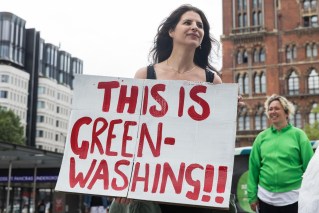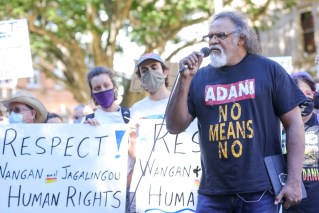Regional business faces massive power cost hikes blamed on coal prices and Russia
Regional Queensland businesses will face the full impact of soaring coal prices and global geopolitics through a hike of between 10 and 20 per cent for their electricity from July 1.


The Queensland Competition Authority handed down the price increases today, which included a 9.2 per cent rise for residential customers, or $119 a year from July 1. However, that would be offset this year by the State Government’s $175 cost of living relief subsidy.
Business, however, missed out on the relief subsidy and will be hit with an increase of at least $215 a year for a typical small business. Larger businesses on tariffs 44, 45, or 446 will pay an extra 15 per cent to 20 per cent.
On the highest tariff, that equates to an extra $66,000 a year.
The increases for regional Queensland households announced by the Queensland Competition Authority were slightly less than those imposed on southeast Queensland last week and while it would be offset by the subsidy, there was no guarantee that funding relief would be available in future years.
The final determination was also more than double the draft determination of 4.2 per cent in February.
QCA chair Professor Flavio Menezes said the increase in prices was mainly due to a projected increase in energy costs and followed several years of falling energy costs, which were a driver of price decreases for each of the last three years.
“Energy costs are projected to increase due to factors that include significant episodes of high demand, reduced generation availability from coal-fired and gas-powered power plants and higher coal and gas prices, which have been impacted by the war in Ukraine and sanctions against Russia,” he said.
Higher electricity prices will result in a 9.2 per cent increase in the annual bill for a typical customer on the main residential tariff (tariff 11) and a 10.2 per cent increase for the typical customer on the main small business tariff (tariff 20).
The annual bill for a typical customer on the main regulated residential tariff is projected to increase by $119, from $1,290 to $1,409. For the typical customer on the main regulated small business tariff, the annual bill is projected to increase by $215, from $2,119 to $2,334.”
Professor Menezes said it is important to note that prices are set in accordance with the Queensland Government’s uniform tariff policy, which means most regional customers pay less for electricity than it costs to supply them.
“I encourage customers facing hardship to contact their retailer to discuss support measures that may be available to them,” Professor Menezes said.
The Queensland Conservation Council said that if the Wambo and Mcintyre wind farms had been built faster than wholesale electricity prices would be 25 per cent lower.
“Because Queensland has not invested in renewable energy at the same pace as other states over the past five years, we’ve gone from having the lowest prices in 2017 to the highest prices in 2022,” QCC energy strategist Clare Silcock said.
The hike in Queensland is based on its dependence on coal as a fuel source.












